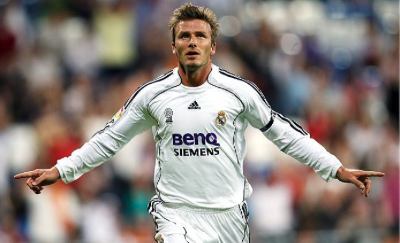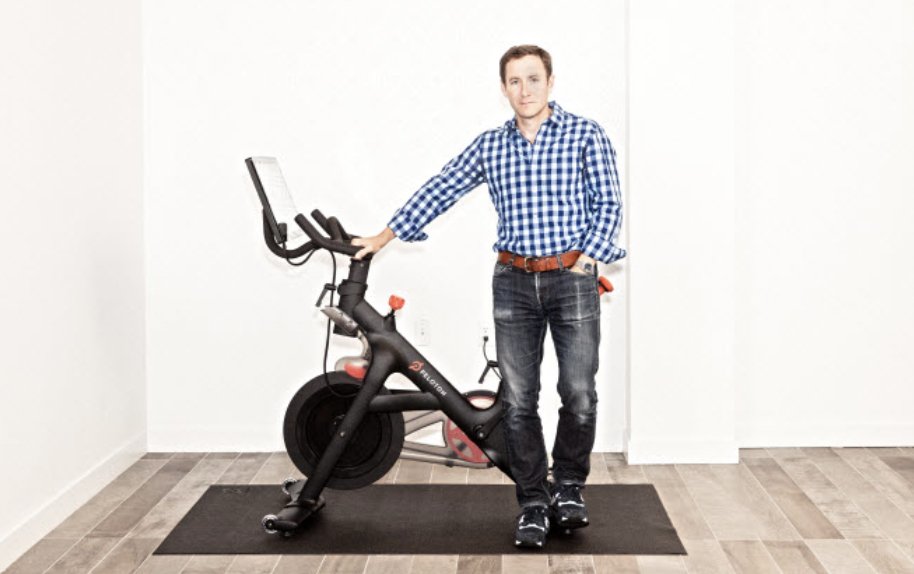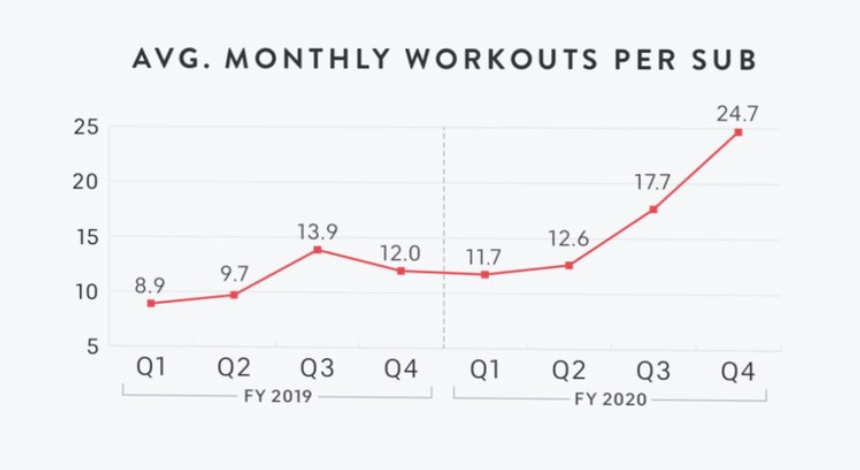
After dominating internationally for more than a decade, David Beckham moved to Los Angeles in 2007 — signing with the LA Galaxy of MLS.
The interesting part?
Despite a 70% reduction in salary, it's one of the most lucrative sports contracts ever.
Time for a thread 👇👇👇
The interesting part?
Despite a 70% reduction in salary, it's one of the most lucrative sports contracts ever.
Time for a thread 👇👇👇
1) First, some history:
Playing internationally from 1992 to 2007, David Beckham became one of the best players in the world.
But at 31-years-old, now a global superstar, Beckham had a choice to make — move to the US or continue his career internationally?
Hello Hollywood…
Playing internationally from 1992 to 2007, David Beckham became one of the best players in the world.
But at 31-years-old, now a global superstar, Beckham had a choice to make — move to the US or continue his career internationally?
Hello Hollywood…

2) In 2007, David Beckham left Real Madrid — signing a five-year contract with the LA Galaxy of Major League Soccer.
From a salary perspective, the deal paid Beckham $32.5M — or $6.5M annually.
The intersting part?
He made much more than that.
Let's run through it…
From a salary perspective, the deal paid Beckham $32.5M — or $6.5M annually.
The intersting part?
He made much more than that.
Let's run through it…

3) While David Beckham's MLS contract only paid him $6.5M in annual salary — a 70% pay cut from Real Madrid — his US adventure ended up being much more lucrative.
As part of the deal, Beckham also got a percentage of team revenue — including merchandise, sponsorships & tickets.
As part of the deal, Beckham also got a percentage of team revenue — including merchandise, sponsorships & tickets.
4) By signing David Beckham — one of the most marketable athletes in the world — the MLS immediately saw tangible benefits.
Attendance hit record highs, sponsorships came pouring in & the league expanded.
With their financial incentives aligned, Beckham benefited also.
Attendance hit record highs, sponsorships came pouring in & the league expanded.
With their financial incentives aligned, Beckham benefited also.

5) In total, through salary, endorsements, and revenue share, David Beckham made more than $250 million during his 5-year deal with the LA Galaxy.
At $50M+ annually, he was the highest-paid player in the world.
Even more interesting, that's not even the best part.
At $50M+ annually, he was the highest-paid player in the world.
Even more interesting, that's not even the best part.
6) As part of his 2007 deal with the LA Galaxy, David Beckham was given the right to purchase a future MLS expansion team.
The best part?
The price was set at $25M — meaning when he exercised the option in 2014, he received a heavy discount to the current $150M+ expansion fee.
The best part?
The price was set at $25M — meaning when he exercised the option in 2014, he received a heavy discount to the current $150M+ expansion fee.
7) In 2014, David Beckham officially excercised his $25 million option to purchase an MLS expansion team — establishing "Inter Miami CF" with a group of investors.
With the average MLS team already worth $300M or more, Beckham and his investor group saw immediate upside.
With the average MLS team already worth $300M or more, Beckham and his investor group saw immediate upside.

8) While it's unclear if the MLS will ever see similar valuations to the NFL & NBA, they're making progress.
Vincent Tan sold 20% of his LAFC stake in Feb at a $700M valuation, which is more than some NHL teams.
Given the NHL had a 100-year head start, that's super impressive.
Vincent Tan sold 20% of his LAFC stake in Feb at a $700M valuation, which is more than some NHL teams.
Given the NHL had a 100-year head start, that's super impressive.
9) Ultimately, David Beckham's willingness to expand his brand internationally and his fortitude to think larger than a traditional salary have benefited him tremendously.
Always remember, equity is key.
Always remember, equity is key.

10) If you enjoyed this thread, you should:
1. Follow me, I tweet cool sports business stories every day.
2. Subscribe to my free daily newsletter where I give a detailed analysis on topics involving the money and business behind sports.
readhuddleup.com
1. Follow me, I tweet cool sports business stories every day.
2. Subscribe to my free daily newsletter where I give a detailed analysis on topics involving the money and business behind sports.
readhuddleup.com
Also, don't forget @AthleticBrewing is the reason I'm able to create sports business content full-time.
If you want to support me, buy some beer - it's really great stuff.
Use code "JOE25" for 25% off at athleticbrewing.com
If you want to support me, buy some beer - it's really great stuff.
Use code "JOE25" for 25% off at athleticbrewing.com
• • •
Missing some Tweet in this thread? You can try to
force a refresh












